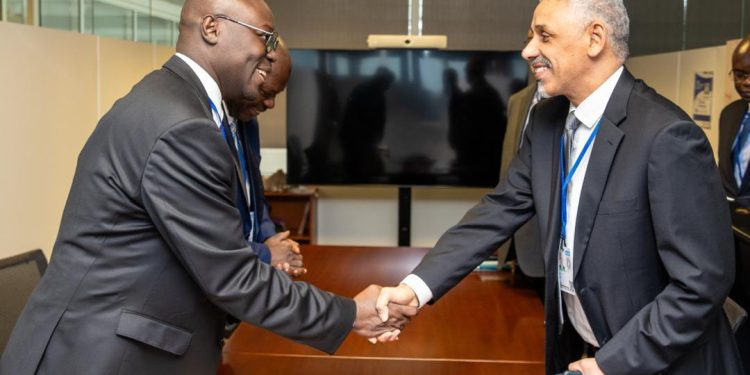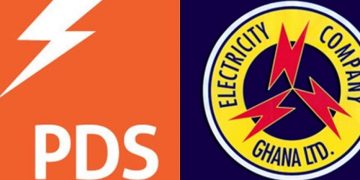African Finance Ministers Endorse Ghana’s GOLDBOD Model as Blueprint for Resource-Driven Growth
Ghana’s pioneering gold governance framework, the Ghana Gold Board (GOLDBOD), has earned rare acclaim from peers across Africa, with several Finance Ministers describing it as a continental benchmark for linking resource management to macroeconomic stability and long-term development.
The recognition came during a high-level roundtable convened by the African Development Bank (AfDB) on the sidelines of the 2025 IMF–World Bank Annual Meetings. The closed-door meeting, chaired by AfDB President Dr. Sidi Ould Tah, brought together Finance Ministers from Ghana, Liberia, Sierra Leone, The Gambia, and Sudan to review strategies for strengthening fiscal resilience and resource governance across Africa.
The tone of the discussion shifted decisively when Ghana’s delegation outlined the GOLDBOD framework, an institutional model that consolidates gold trading, valuation, and export functions under a single transparent authority supervised by the Ministry of Finance.
“GOLDBOD demonstrates what is possible when resource management is treated as a macroeconomic strategy, not just a mining issue,” one minister was quoted as saying. “Ghana has shown that gold can serve as a stabilising asset, not just a commodity to be extracted.”
Several ministers reportedly expressed interest in adopting similar frameworks to improve revenue transparency, reduce smuggling losses, and strengthen central bank reserves through domestic value retention.
The GOLDBOD model, which gives the authority exclusive powers to buy, sell, weigh, grade, assay, value, and export gold and other precious minerals, has become a central pillar of Ghana’s natural resource reforms. The initiative seeks to plug leakages in artisanal and small-scale mining, formalise transactions, and ensure that mineral exports directly support the country’s fiscal and foreign exchange objectives.
Across Africa, the disconnect between mineral wealth and developmental outcomes remains stark. The continent holds nearly 30 percent of the world’s mineral reserves, yet many economies remain exposed to boom-bust cycles and revenue volatility.
Analysts say Ghana’s GOLDBOD offers a pragmatic middle ground, not a nationalisation drive, but a strategic coordination mechanism that restores government oversight while preserving private sector participation.
The timing is critical. With several African economies grappling with currency depreciation, debt distress, and declining foreign reserves, monetising gold and other natural assets has re-emerged as a key macroeconomic policy lever.
According to the AfDB, sub-Saharan Africa’s average debt-to-GDP ratio has climbed to over 65 percent, while interest costs continue to crowd out social and capital spending. Under such constraints, the ability to leverage domestic resources for macro stability is being seen as an increasingly viable alternative to external borrowing.
Ghana’s Finance Minister Dr Cassiel Ato Forson, who attended the meeting, noted that the establishment of GOLDBOD marks a strategic shift from extractive dependence to resource-backed development financing. The initiative aligns with Ghana’s broader strategy of stabilising the cedi through a mix of domestic resource mobilisation and export diversification.
In a recent report, NorvanReports highlighted how gold-backed mechanisms have helped reduce FX pressure and improve reserve buffers, though experts caution that sustainability depends on institutional transparency and clear audit trails.
“Ghana’s GOLDBOD shows that when institutions are properly designed, they can bridge the gap between fiscal prudence and natural resource abundance,” said an AfDB economist familiar with the meeting’s discussions.
For Liberia, Sierra Leone, and The Gambia, countries with emerging or small-scale gold sectors, the model offers a blueprint for institutional consolidation, enabling better traceability and revenue collection.
The recognition of Ghana’s GOLDBOD model at such a high-level forum sends a powerful message about Africa’s growing confidence in designing indigenous solutions.








